22 November 2014 - 10 January 2015
v/a
GRIDS
In 1989, Stephen R. Covey pioneered the tremendous growth of the self-help genre with a book titled The Seven Habits of Highly Effective People. It has since sold over 20 million copies and gained a cult-like status within business and cultural industries. Supplemented with subheadings and references, its coherent, linear structure seems to make the reformatting of thought patterns not only simple but also essential to progress. Like many of its genre, we can observe an underlying utopian vision: a coordinated system where each move taken is intended. In its 380 pages, the author puts forth an organizational framework for our living designed to fundamentally enhance our functionality.
We can understand this book as a fiction. We may see in it a central protagonist whose narrative is set to win, who is us.
Habit #1: With a daily flex, tense, and release of Covey‘s proactive muscles, he assures we can see them strengthen. We may imagine these then as a neatly stacked abdomen: a flat, fatless structured belly, rippled with no excesses. We exercise the strong muscles the most and so they become stronger. The habit and the routine of our new cyclical living is clear in the deep contours of our strength. We adapt to our new form and form from it.
Habit #2: One of the book’s most enduring images is a 2 x 2 matrix diagram. Here the body of our day is built: quadrant (I) important and urgent, (II) important and non-urgent, (III) unimportant and urgent, and (IV) unimportant and non-urgent. Where to drop in our thoughts? We don’t even know what we are thinking just yet… In this story, efficiency is synonymous with effectiveness. It is a myth about controlling our own chaos.
Anyways, we hoped with art we would escape this. Ideas form napping under trees or shuffling around in a studio chair. The doer was probably here sometime before us. He gathered his intentions and a few things more and he took off. We’ll stay a little while longer, before getting back on our circuit, soaked up in our idleness, working on figuring ‘it’ out. We don’t have language yet, our things are unborn, not yet form. They’re not now, not yet. Today we just stretched around all day and dreamt of delicate horizons meeting long vertical silhouettes. We refreshed the page a few times in hopes of ditching our platitudes before we begin. Our muscles grew long as we stretched out our time and resisted restriction. But the freedom we founded was contingent on limitation. We broke off the mold and made a complementary shape. We pulled off little masses of tender meat from nothingness – it came right off the bone. A void is supported by something. A structure must rest on, or against, something. But not much is happening now… Shuffling still around in small circles, day dozing at the wall. We searched for a punctum of emotion in very little. The wall produced a memory.
– Kate Brown
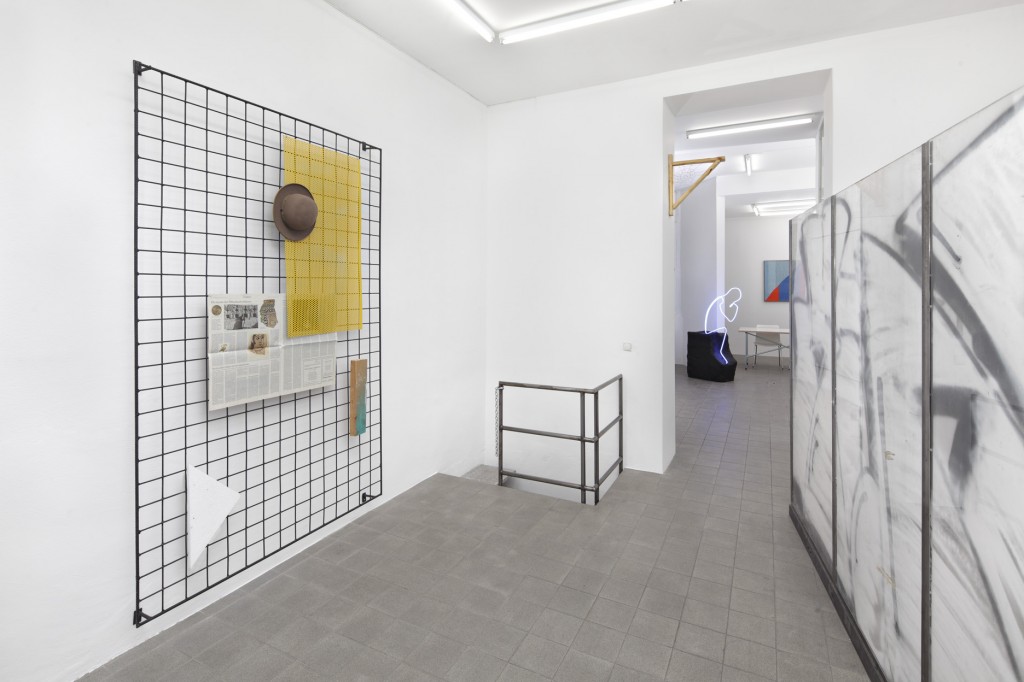
installation view
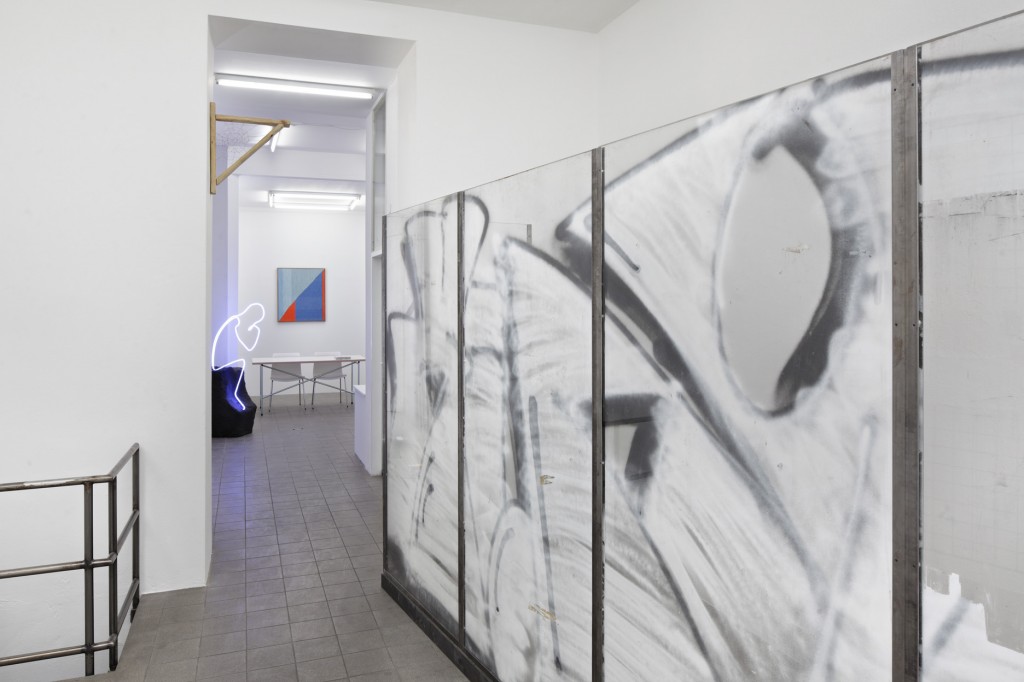
installation view
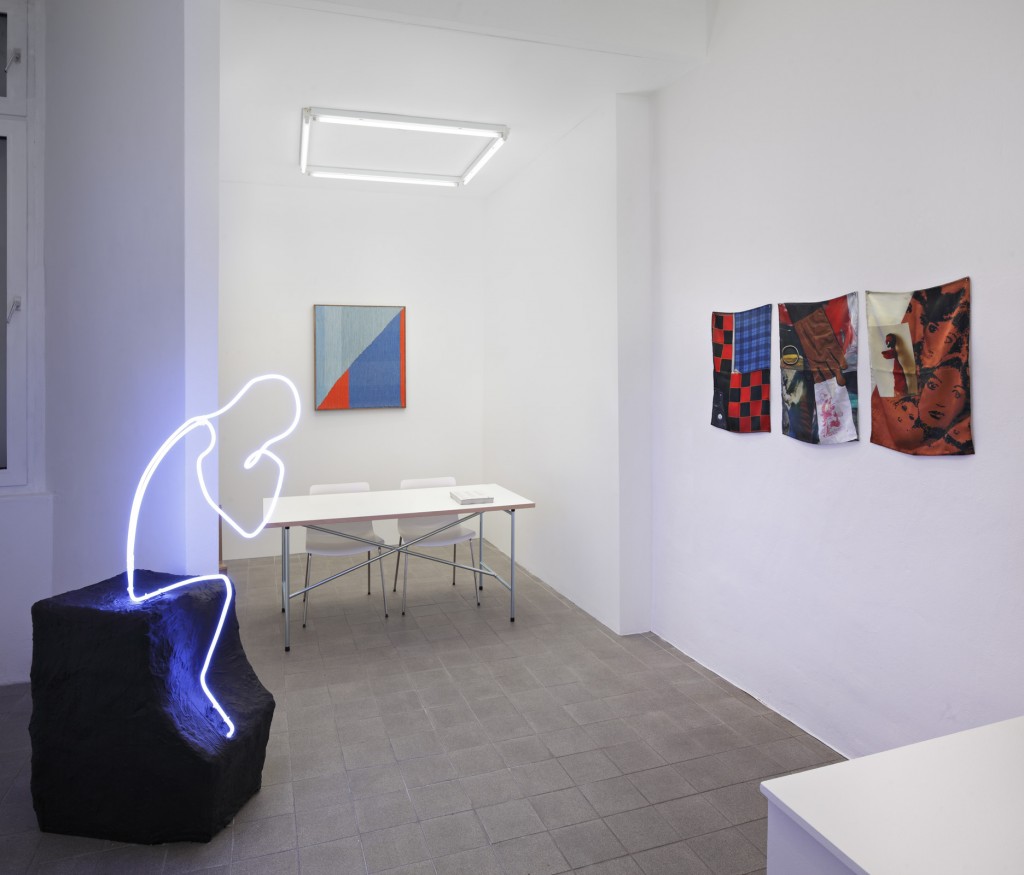
installation view
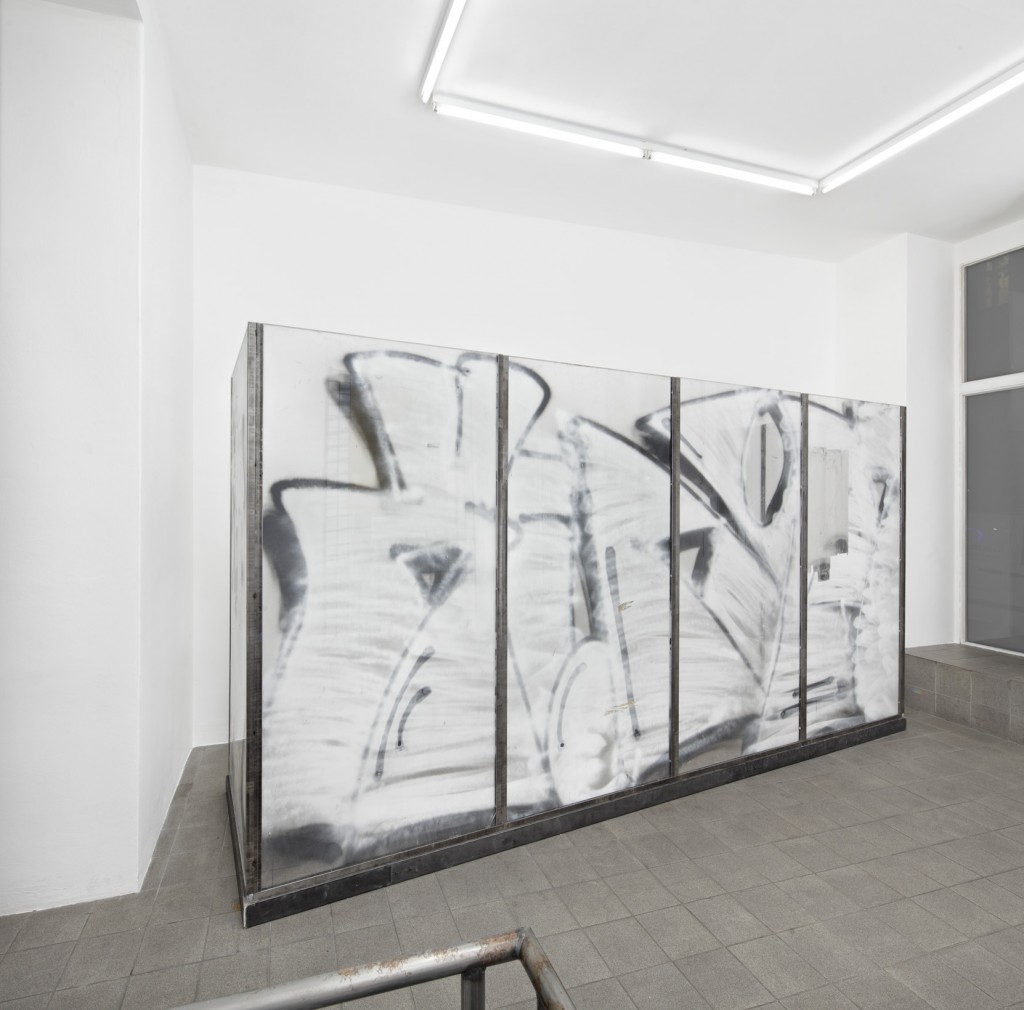
Eric Winkler, The Two of Us, 2014, plexiglass, steel, chalkspray, 96 x 394 x 205 cm
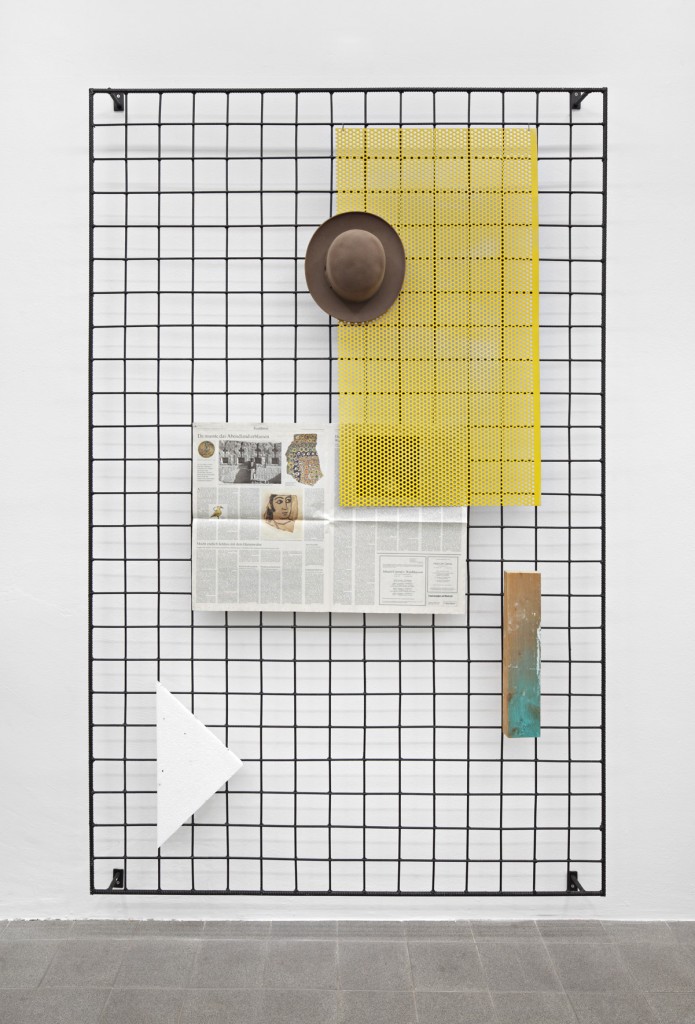
Eva Berendes, GRID (HAT), 2013, steel, lacquer, mixed media, 251 x 152 x 26 cm
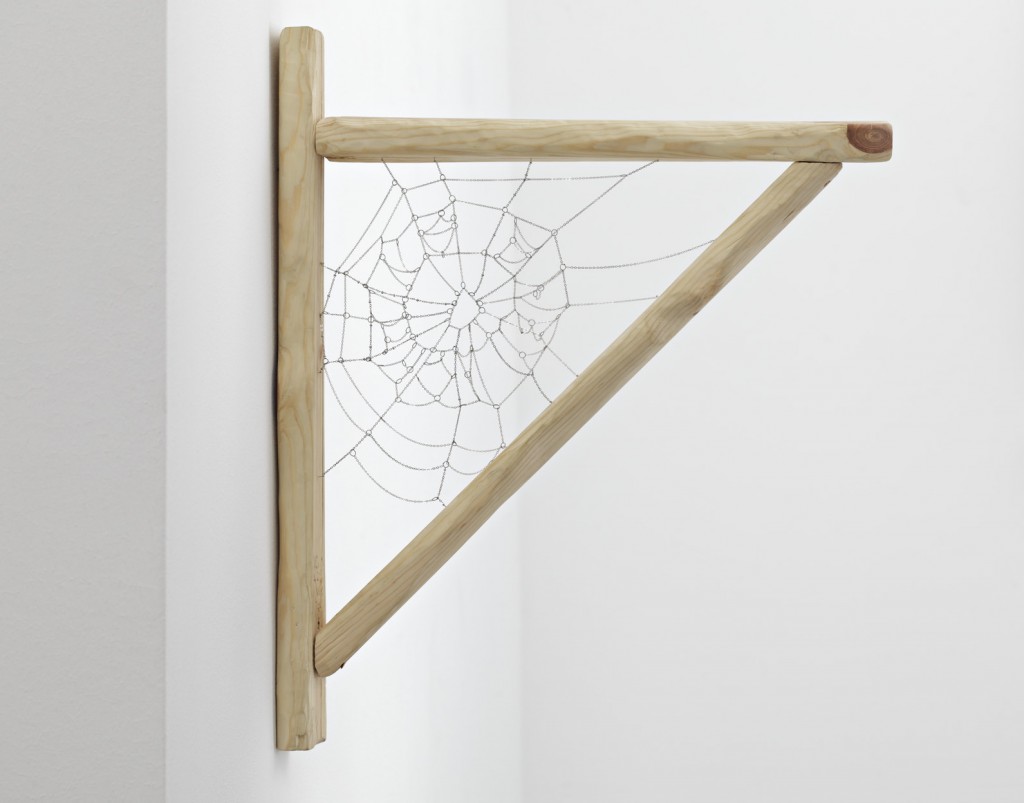
Alex Turgeon, Achtung Baby, 2014, mixed media, 55 x 46 x 8 cm
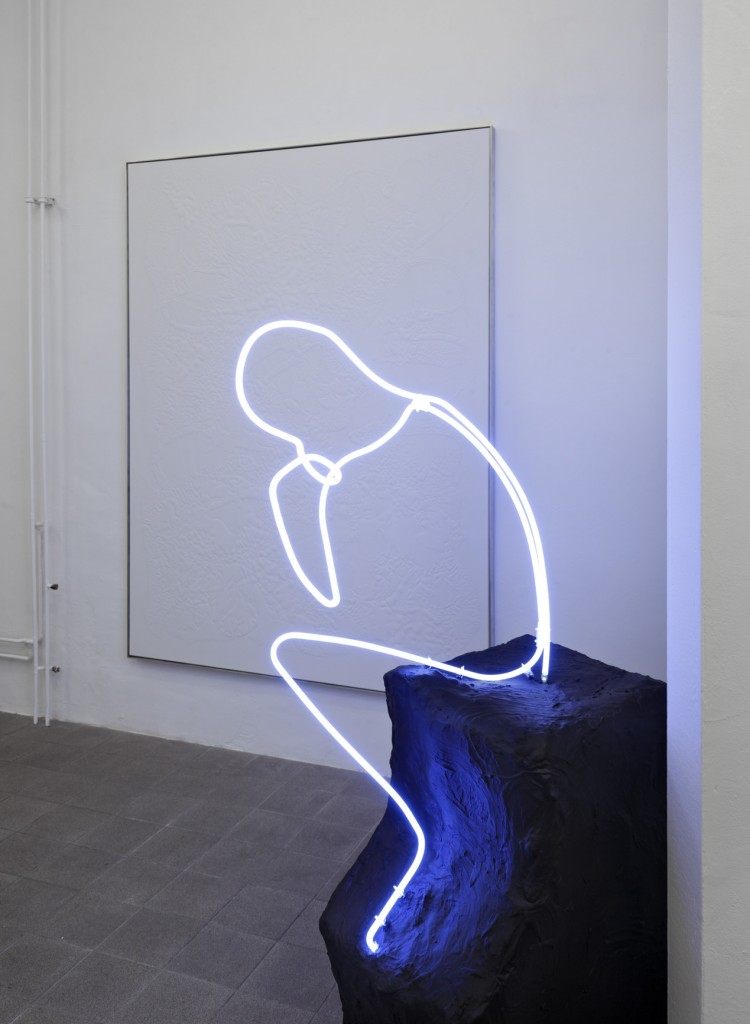
Lindsay Lawson, Der Denker, 2014, neon
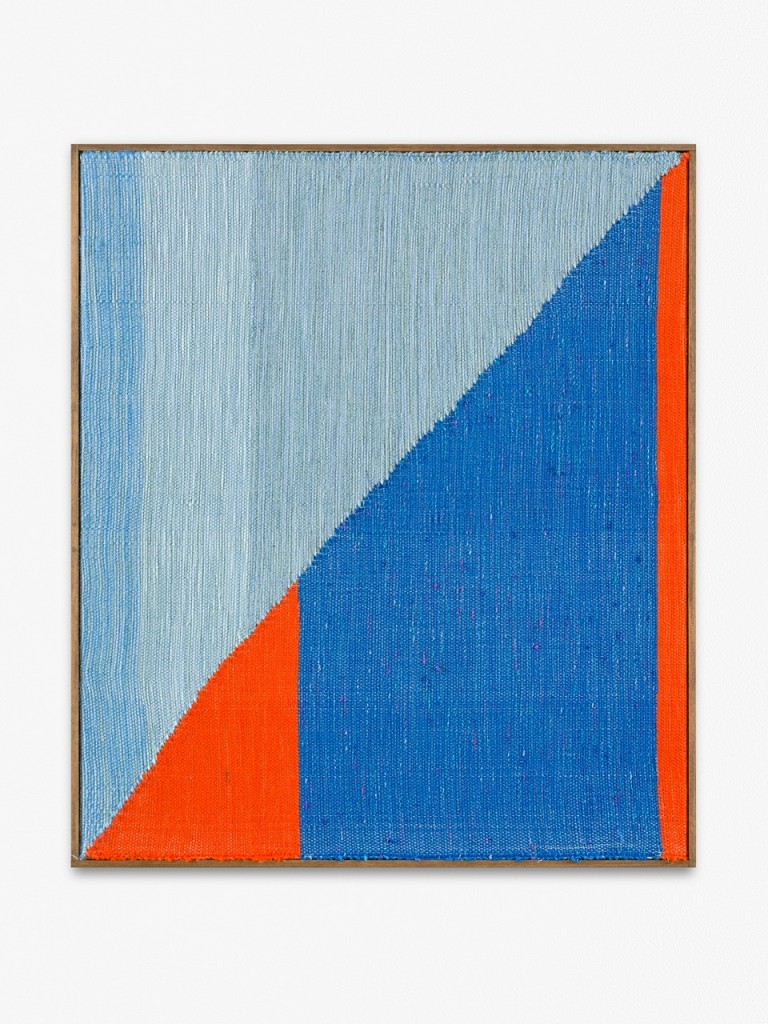
Brent Wadden, Autumn (For T.T.), 2014, painting – handwoven fibers, wool, cotton and acrylic on canvas, 80 x 91,5 cm, Photo by Trevor Good
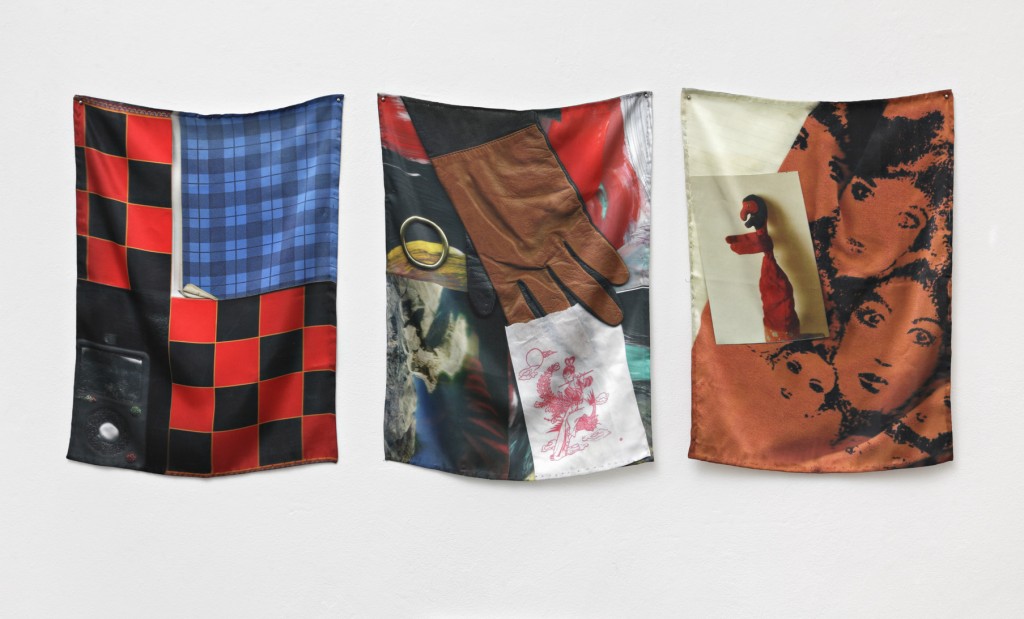
Hayley Silverman, MAST*, 2014, printed charmeuse satin fabric with hand-sewn stitching, 42,5 x 58,5 cm; JO JO, 2014, printed charmeuse satin fabric with hand-sewn stitching, 42,5 x 58,5 cm; Gestalt, 2014, printed charmeuse satin fabric with hand-sewn stitching, 42,5 x 58,5 cm *In collaboration with Emily Shinada
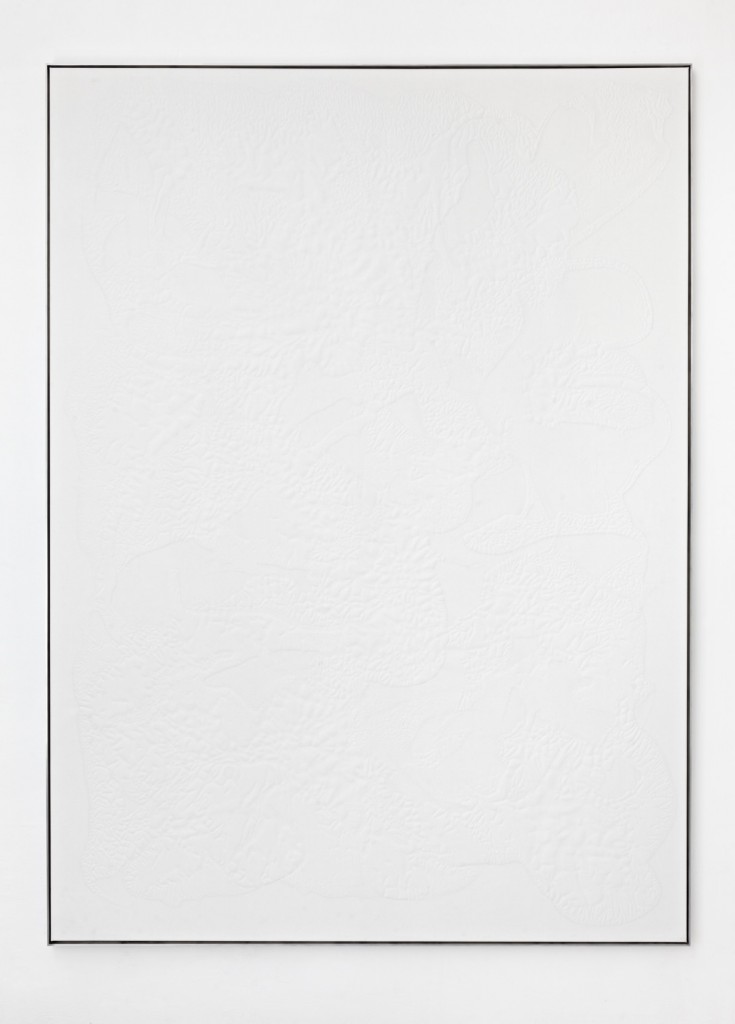
Santiago Taccetti, Untitled 1 (Einstatzbereich Innen – Außen), 2014, acrylic, canvas, engraved aluminium frame, 200 x 145 cm
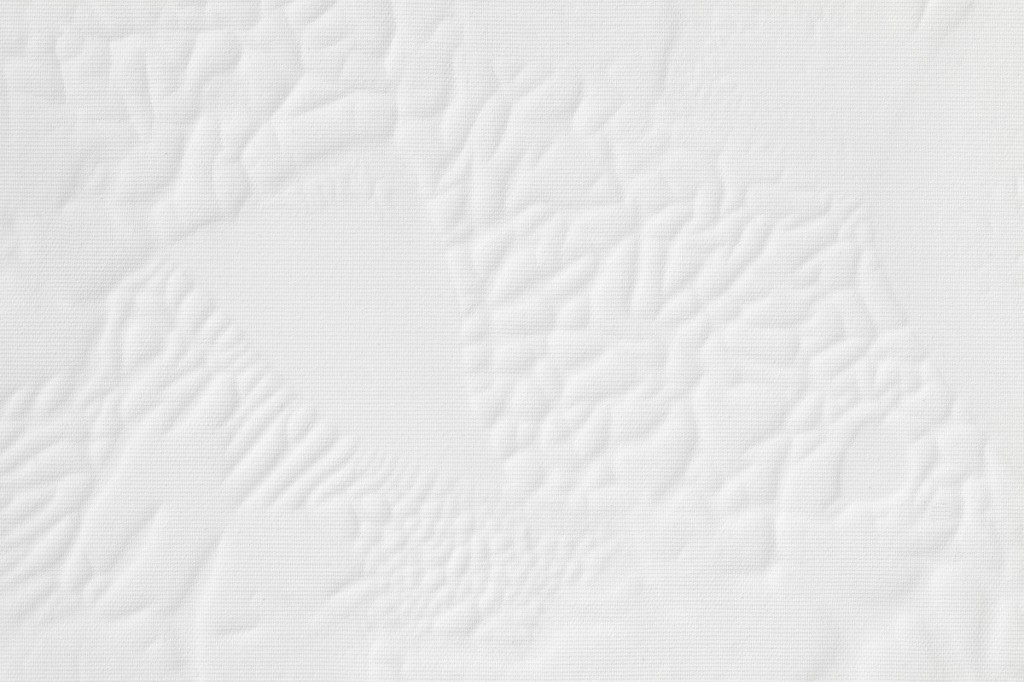
(detail) Santiago Taccetti, Untitled 1 (Einstatzbereich Innen – Außen)
